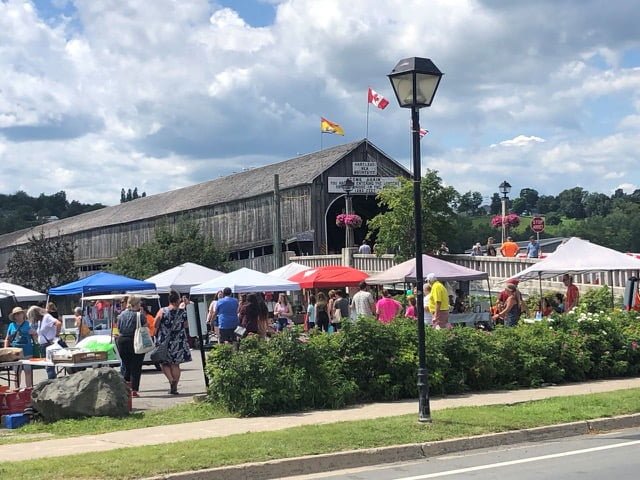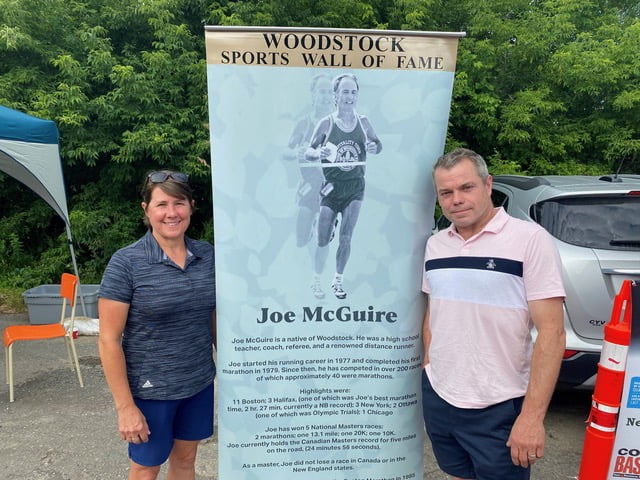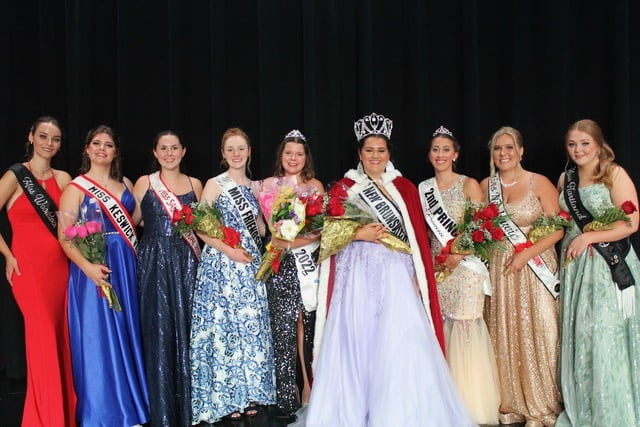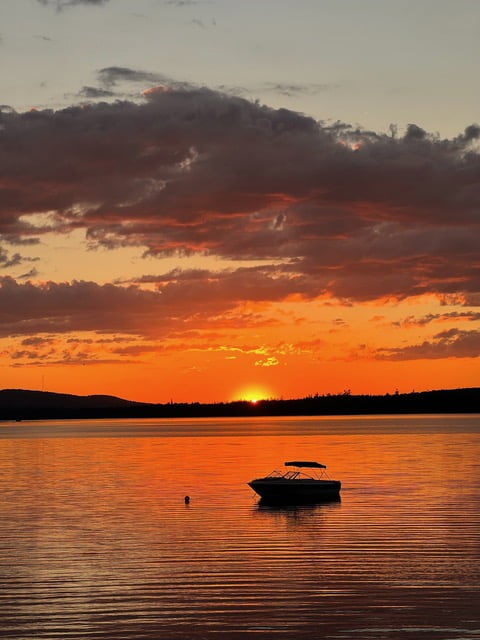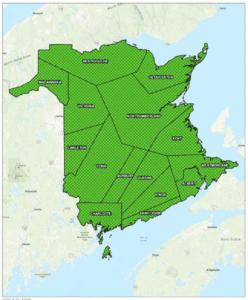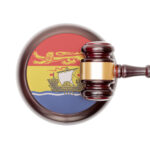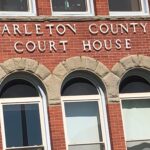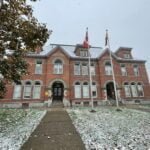Second season of growing and planting native tree species going well
Saving the Acadian forest one tree at a time with local community support is the goal of the Forest Restoration Project. Established in the fall of 2023 by the Knowleville Art & Nature Centre (KANC), the program is a partnership with The Tree Project and is funded by the federal Two Billion Trees (2BT) project.
KANC’s project, which spans the upper Wolastoq (Saint John River) watershed, is part of Canada’s efforts to address climate change and biodiversity loss by harnessing trees’ ability to capture and store carbon from the atmosphere, improve air and water quality, and support biodiversity (www.canada.ca).
“We only have remnants of the original, incredibly diverse Acadian Forest,” KANC director Tegan Wong-Daugherty noted. “We need to treasure them.”
Ecologist and arborist Rob Stenger joined the team as project coordinator in 2024.
“People could say New Brunswick has tons of trees – why bother planting more? The more diverse your ecosystem, the more stable it is,” he explained. “If you have two or three species and one gets a disease, it could wipe out half or a third of your trees. If you have around 35 native species, it’s not as big of an impact. There are some threats to our native trees and we’re trying to keep these viable.”
The project is now in its second full season of growing and planting native tree species at the 17-bed main production site in Hemphill Corner, as well as in local communities throughout the region.
“We have three levels of community partnerships, starting with the Community Ambassadorship level of support,” said Stenger. “The ambassador program is basically our ‘individual’ level of support/partnership. Any individual who wants to plant a tree with us signs a pledge form stating that they’ll try to take care of the tree and not cut it down prematurely. We offer pre-selected community bundles, or people can call and request something in particular. We also offer advice if people aren’t too sure what to plant.”
The second level, Community Nursery Beds, has 11 beds in place so far, which help provide public awareness and education. The third level, Planting Partner Sites, comprises larger landowners and organizations, including the Woodstock First Nation, Meduxnekeag River Association, and Hartland Recreation Centre.
“Why plant native trees? For shade, animal habitat, food production – and it’s a simple thing people can do to feel like they’re making a difference with climate mitigation and carbon sequestration,” said Stenger.
Other ways people can support the project include donating seeds and “sharing the tree wealth” by having KANC staff help thin out dense stands, yielding transplants that can thrive somewhere else.
This growing season, KANC staff aim to plant 3,000 trees – 1,000 more than last year – working with new and existing planting partners, as well as restocking nursery beds with their subsidized tree bundles.
Educational events include property assessment workshops and a Wabanaki Forest & Communities Restoration Symposium held in March. Free online resources are also available on KANC’s website, knowlesvillenature.ca/forest-restoration.



